The automotive world of the 1980s and 1990s was defined by a dynamic rivalry between American muscle and Japanese precision.
As Detroit’s automakers showcased powerful engines, bold designs, and a proud heritage, Japan’s auto industry responded with innovation, quality engineering, and unparalleled reliability.
These two decades not only witnessed thrilling performance battles on the roads and racetracks but also sparked passionate debates among car enthusiasts across the globe.
In this article, we’ll revisit 15 iconic American cars and their direct Japanese competitors, exploring design, performance, and cultural impact, to decide who truly dominated this unforgettable automotive era.
Car manufacturers have never shied away from pushing boundaries, and their wildest ideas often take shape as special edition cars. Sometimes born from pop culture, sometimes from marketing stunts, these vehicles showcase the industry’s willingness to be bold—and occasionally downright bizarre.
From outlandish paint schemes to collaborations with unexpected brands, these cars are more than just transportation; they’re rolling statements of creativity and sometimes questionable inspiration.
Get ready to explore a list of the most unforgettable—and delightfully weird—special edition cars that truly prove reality is sometimes stranger than fiction.
Small luxury cars spark lively debates among drivers and enthusiasts alike. These vehicles combine premium features—like high-end interiors, advanced tech, and refined styling—with the agility and efficiency of a compact platform.
Yet, not all models deliver the same blend of performance, comfort, or value. While some shine with thrilling engines and plush cabins, others fall short on ride quality or practicality.
This comparison explores 20 leading small luxury cars, uncovering which truly excel—and which leave drivers wanting more.
The electric vehicle market is evolving at lightning speed as we head into 2025. While Tesla has long been the benchmark for innovation, range, and performance, a new wave of competitors is poised to challenge its throne.
Automakers worldwide are unveiling cutting-edge electric cars with enhanced battery technologies, smarter features, and sleek designs. The result? Consumers will have more choices than ever before, with a host of exciting contenders ready to redefine what’s possible on the road.
Chevrolet Camaro is typically synonymous with raw V-8 muscle, snarling exhaust notes, and straight-line intimidation. Yet beneath that angry façade lies a lineage of surprisingly mild‐mannered Camaros—models whose modest powerplants and tame performance remind us that not every Camaro was born to burn rubber.
From six‐cylinder base cars of the late ’60s to whimpering V-6s of the ’80s and ’90s, these “slowest” Camaros tell an equally important story: of changing markets, tightening emissions rules, and Chevrolet’s efforts to offer a Camaro for every budget. Below are ten of the slowest Camaros ever made.
1. 1967 Camaro Base 230-Cu-In Inline-Six
When Chevrolet introduced the Camaro in early 1967, the entry‐level model wore a humble 230-cubic-inch straight-six under its sculpted hood. Producing a mere 140 horsepower and roughly 220 lb-ft of torque, the 230-ci six lugged a 3,200-pound coupe to 60 mph in about 11 seconds—a snail’s pace compared to V-8 peers.
Yet this six-cylinder model was crucial: it made Camaro ownership attainable to buyers who prioritized styling over raw thrust. Its existence ensured the Camaro wasn’t an exclusive pony-car halo but a volume seller across income brackets. By offering an affordable, albeit slow, alternative, Chevrolet seeded the Camaro nameplate among a broader audience, laying the foundation for future performance derivatives.
When choosing a car, many drivers overlook a critical aspect of vehicle performance: the drivetrain configuration. Front-wheel drive (FWD) vehicles, which send power exclusively to the front wheels, deliver practicality, fuel efficiency, and improved traction in challenging weather conditions. Conversely, rear-wheel drive (RWD) cars—driving power to the rear wheels—offer balanced weight distribution, enhanced handling dynamics, and a more engaging driving experience. These fundamental differences not only shape the way a car feels on the road but also influence performance on the track. To illustrate just how much the drivetrain matters, let’s explore 15 memorable FWD vs. RWD battles.
American automotive history is rich with iconic two-seat machines that blend performance, style, and pure driving excitement. From the birth of the Corvette in the early 1950s to cutting-edge electric roadsters today, these cars showcase a uniquely American flair for open-top motoring and raw power.
Whether draped in classic chrome and fibreglass or sculpted from carbon fibre and aluminum, each timeless two-seat vehicle on this list made its mark on the automotive landscape. Here are ten of the best American two-seat machines produced between 1953 and 2024, each defined by its innovative engineering and unforgettable, enduring character in automotive history.
1. Chevrolet Corvette 1953
Unveiled in 1953 as America’s first mass-produced sports car, the Chevrolet Corvette set the standard for two-seat performance. Crafted on a lightweight fibreglass body atop a sturdy steel chassis, the original Corvette housed a modest 235-ci inline-six delivering around 150 horsepower. Despite humble beginnings, its sleek, curvaceous styling and convertible top captured imaginations instantly.
Early Corvettes featured a removable wraparound windshield and iconic dual taillights, foreshadowing decades of evolution. Though lacking raw power by modern standards, the 1953 Corvette’s pioneering blend of innovative materials and spirited handling cemented its place in automotive lore as a truly groundbreaking American two-seat machine.
Choosing an affordable electric car in 2025 means balancing entry-level pricing with enough pep to keep driving enjoyable. Across the USA and Europe, manufacturers are competing fiercely to offer sub-$35,000 (or equivalent) EVs that still provide spirited acceleration, respectable range, and modern safety features.
Below are ten of the cheapest electric cars on sale this year, each listed with its approximate asking price and a snapshot of what makes it stand out—from zippy motors and nimble handling to clever packaging and surprisingly quick 0-60 times. Buckle up, as these budget-friendly EVs prove you don’t need to break the bank to join the electric revolution.
1. 2025 Nissan Leaf
The Nissan Leaf remains a stalwart in the electric-car market, with the base S trim for 2025 starting at $29,280 in the USA Under the hood, its 110-kW (147 horsepower) electric motor delivers smooth, linear acceleration—enough to merge onto highways confidently and haul a family of four without breaking a sweat.
With a 40-kWh battery pack yielding an EPA range of about 149 miles, it’s perfectly suited for daily commutes and weekend errands. Standard driver-assist tech includes automatic emergency braking, lane-departure warning, and blind-spot monitoring, making it a safe choice for budget-conscious buyers who still crave reliable performance.
When we think of speed and performance, the sleek, aggressive profiles of supercars immediately come to mind—machines purpose-built to dominate race tracks and turn heads wherever they go. Yet, lurking quietly in everyday traffic are the unassuming legends known as sleeper cars, vehicles that hide remarkable power behind ordinary facades. These subtle speedsters often defy expectations, leaving flashy sports cars trailing in their wake. In this article, we’ll dive deep into 15 unexpected matchups between iconic supercars and their stealthy sleeper counterparts, challenging everything you thought you knew about automotive performance, aesthetics, and bragging rights.
The year 1942 was interesting in terms of automotive manufacturing. You see, there was this conflict going on called World War II, and very quickly production at every automotive plant in the world was converted to wartime production of tanks, jeeps, and aircraft. Cars were not built in the U.S. from 1942 through 1946, and production of 1942 model-year vehicles was very low. In 1941 – the year America entered the war – about 3 million cars were manufactured, but in 1942, that number shrank to about 100,000. That year, Lincoln produced a total of only 336 Continentals, while in 1941, they built 850.
Today’s AutoHunter Spotlight vehicle is one of those cars, a 1942 Lincoln Continental Club Coupe.
The seller states this 1942 Lincoln Continental is powered by the reportedly original 4.8-liter V12 mated to a three-speed manual transmission. It is finished in stunning deep green paint over a beige cloth and light brown vinyl interior, and comes with a 1942 Lincoln reference book, Arizona Classic Roadrunner magazine, and clear title.
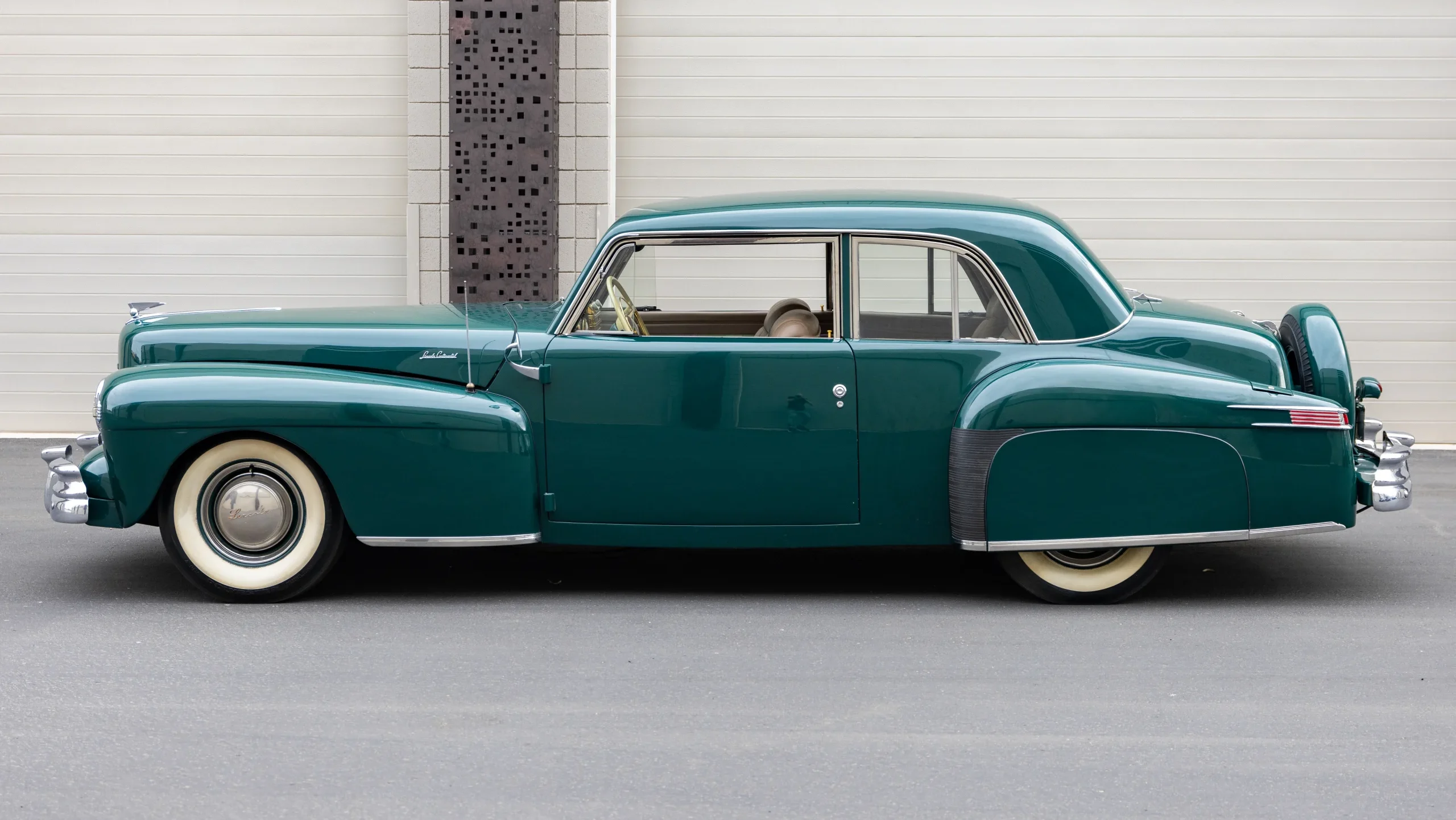
This specific 1942 Lincoln Club Coupe is said to have received a complete restoration and is considered to be what the Classic Car Club of America (CCCA) calls a “Full Classic,” putting it at the top of the heap of American collector cars. I know many people like the convertible version of the Lincoln Continental, but I honestly prefer the stately grandeur of the Club Coupe much more.
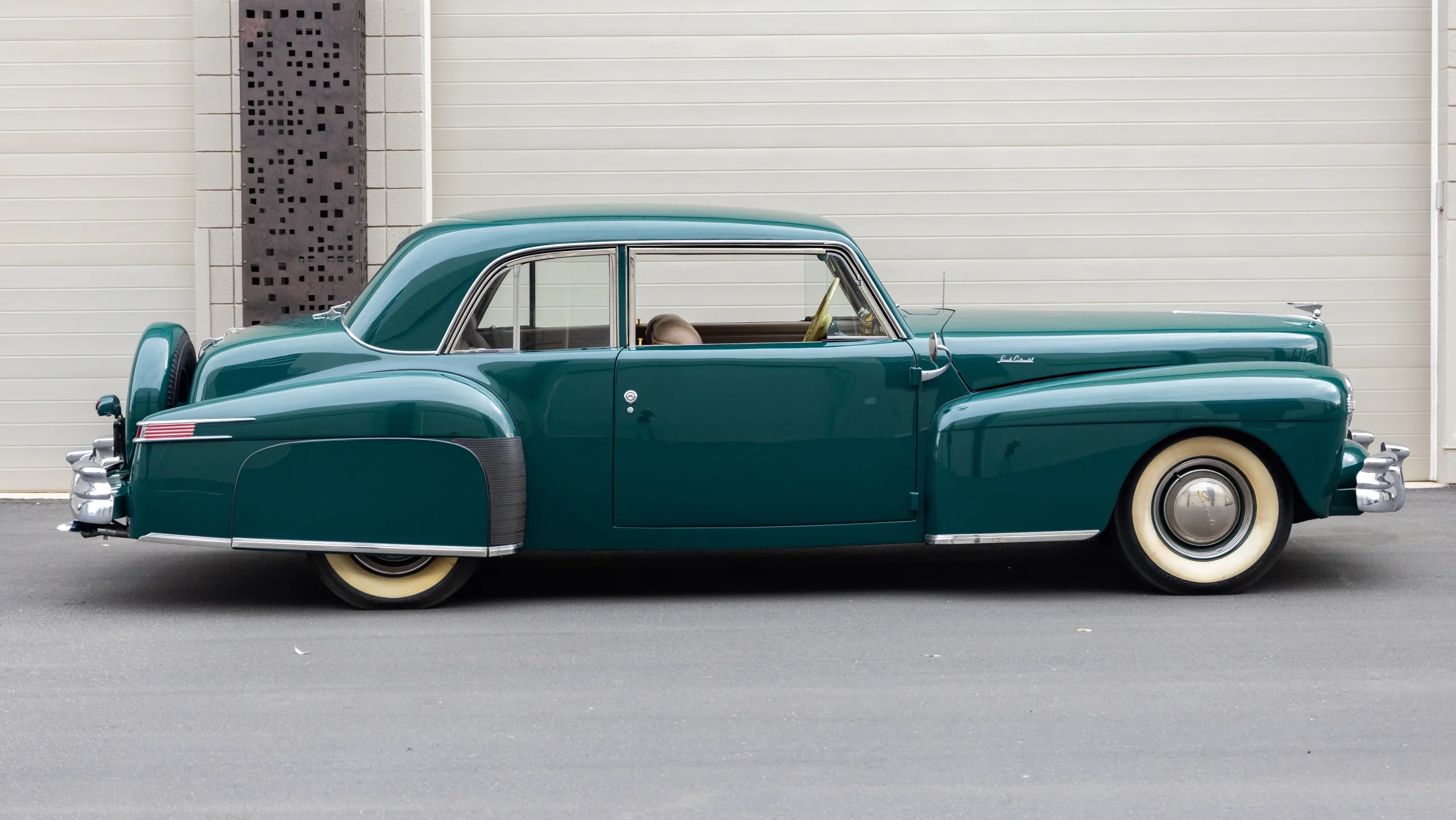
The exterior of this Lincoln appears to be in excellent condition. The paintwork looks amazing and is show-ready. The only flaw I can see is that the radio antenna looks like it could use some chromework and the tires appear a bit old and may need replacing (easily rectified with a call to Coker Tire). That’s really it – otherwise, this seems to be a truly show-worthy example.
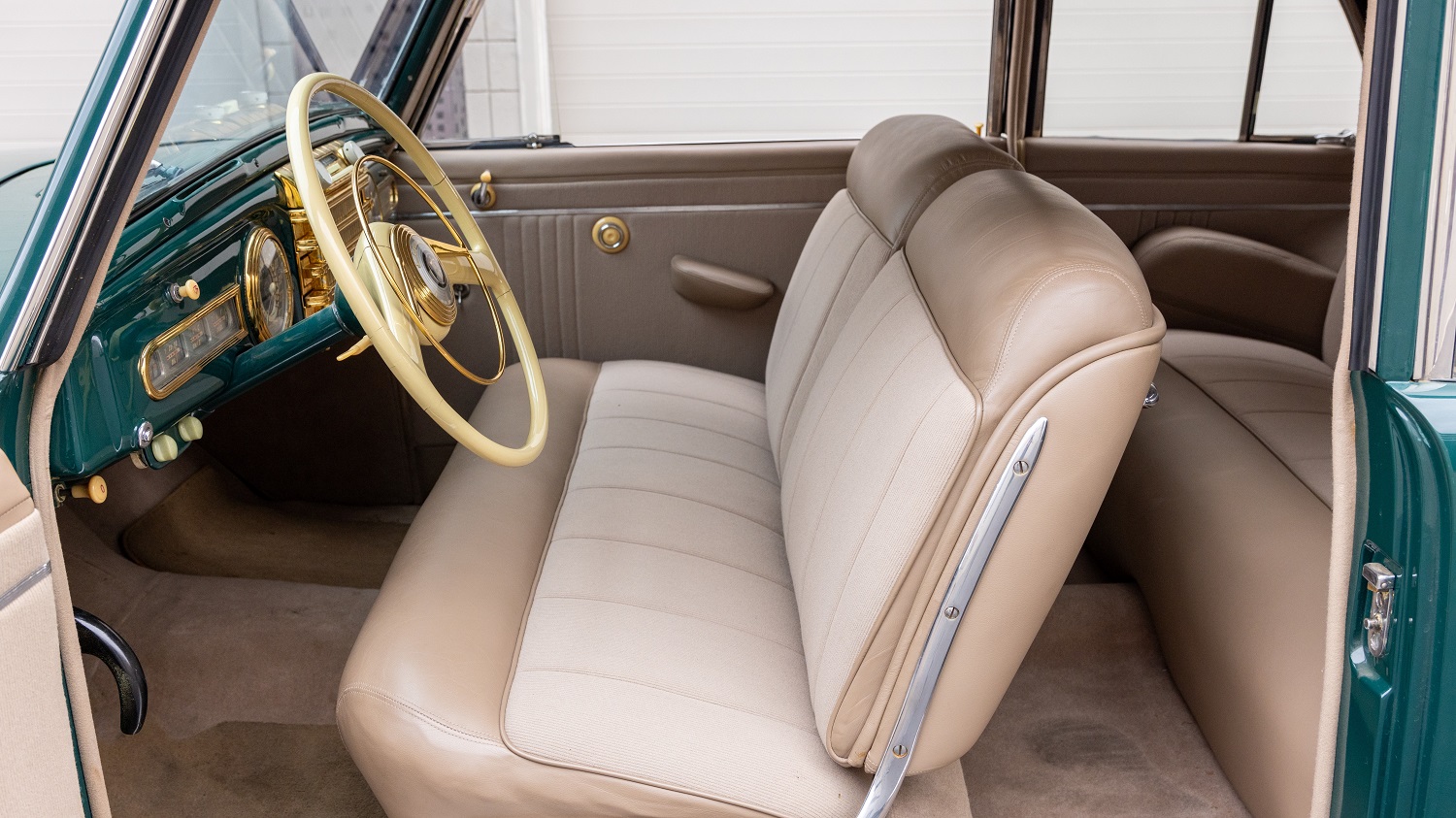
From what I can see in the photos provided, the interior looks to be even better, with no wear and perfect trim. The gold plating on the instruments and dash trim appears to have been done flawlessly. The stunning dash makes these already special cars look even more exclusive.
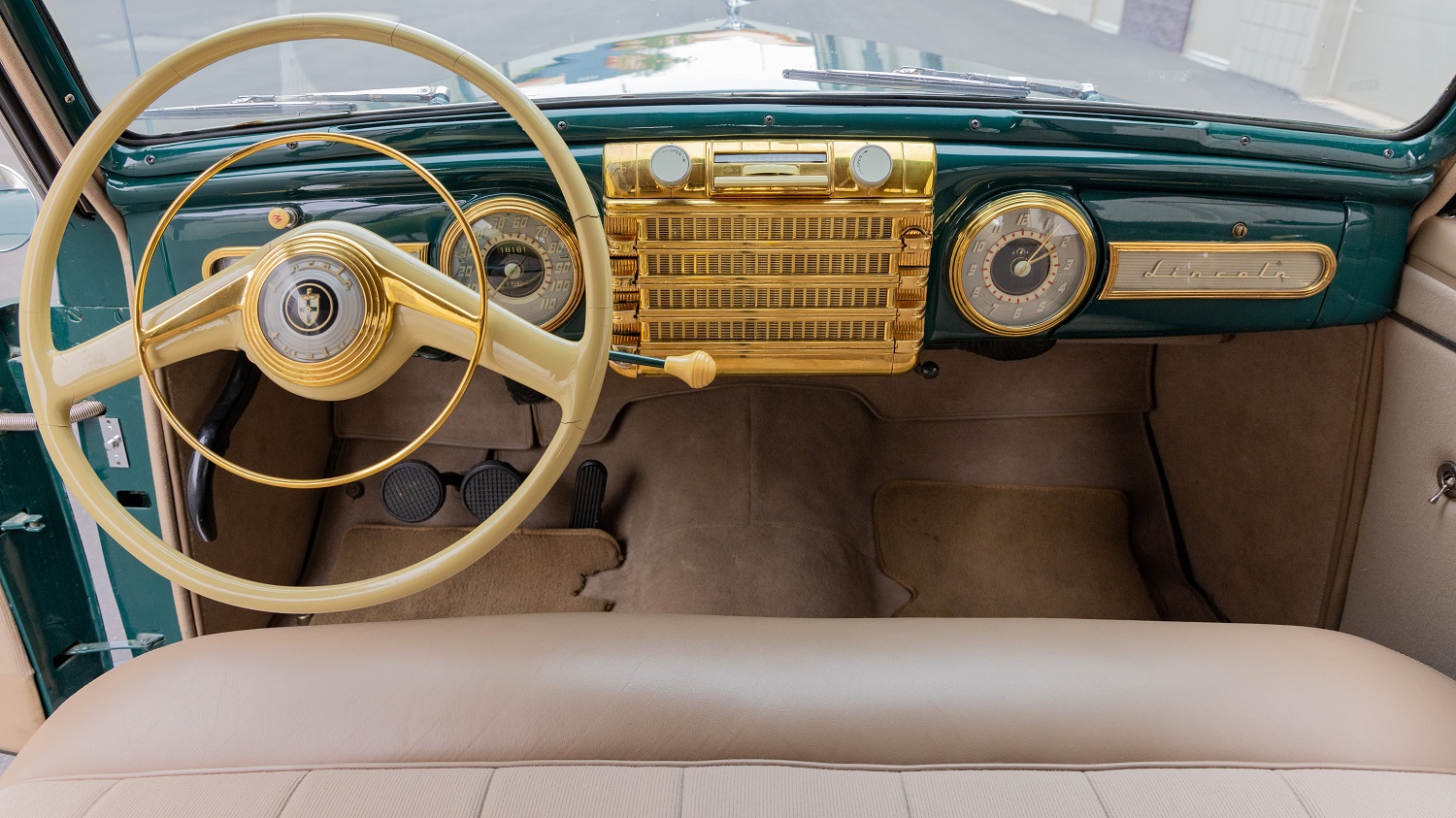
Under the hood is the Lincoln flathead V12 engine in all its glory. Everything looks correct and is quite tidy, only needing some cleaning around the firewall to be ready to show.
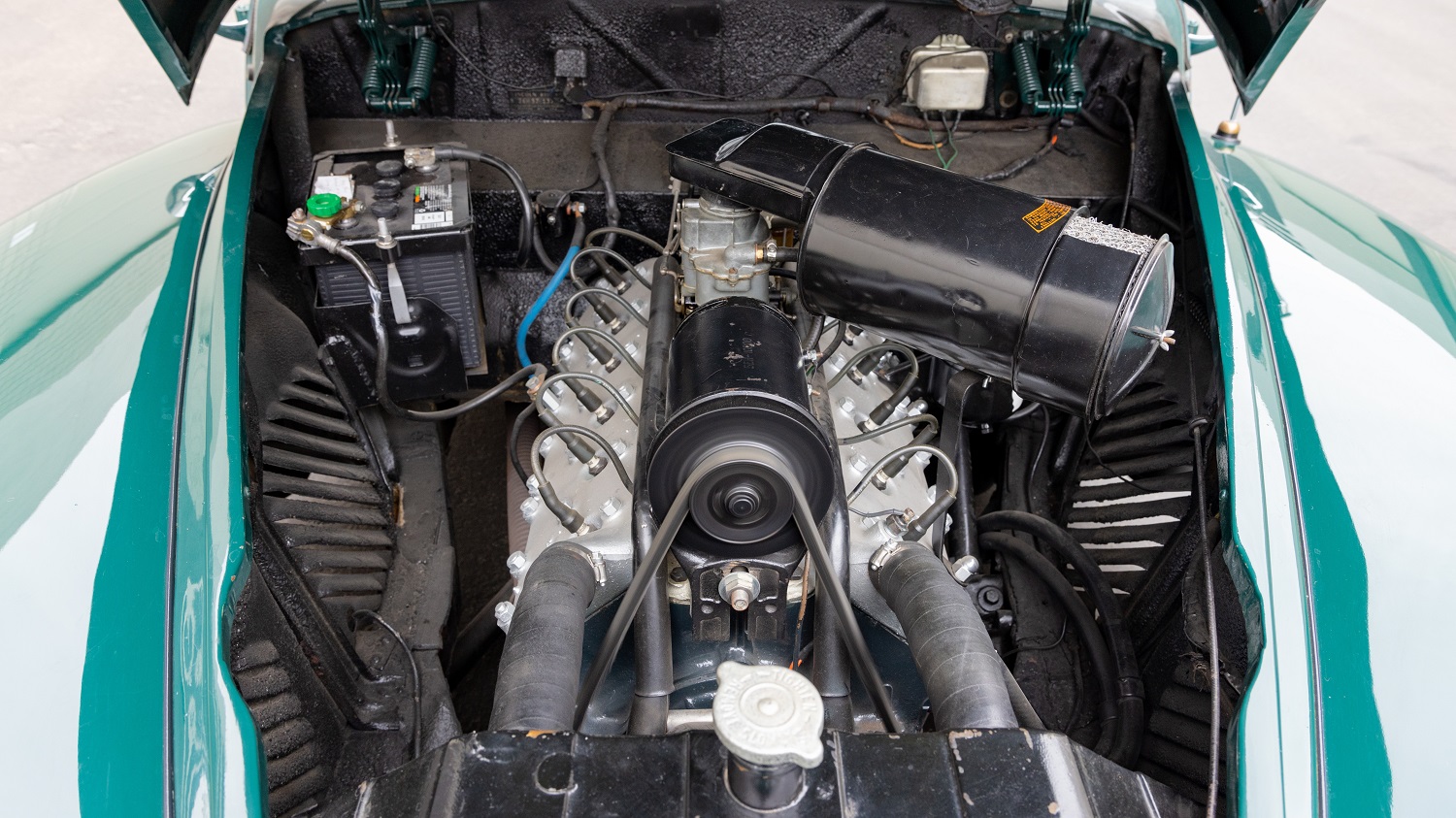
These classic Lincoln Continentals were some of the finest cars in the world when new and could hold their own against just about any rival. The fact that this is a 1942 model only adds to its rareness and collectibility. This model continues to impress beyond expectations in the world of classic show cars. It’s also nice to drive, offering everything you would expect from a prewar luxury automobile.
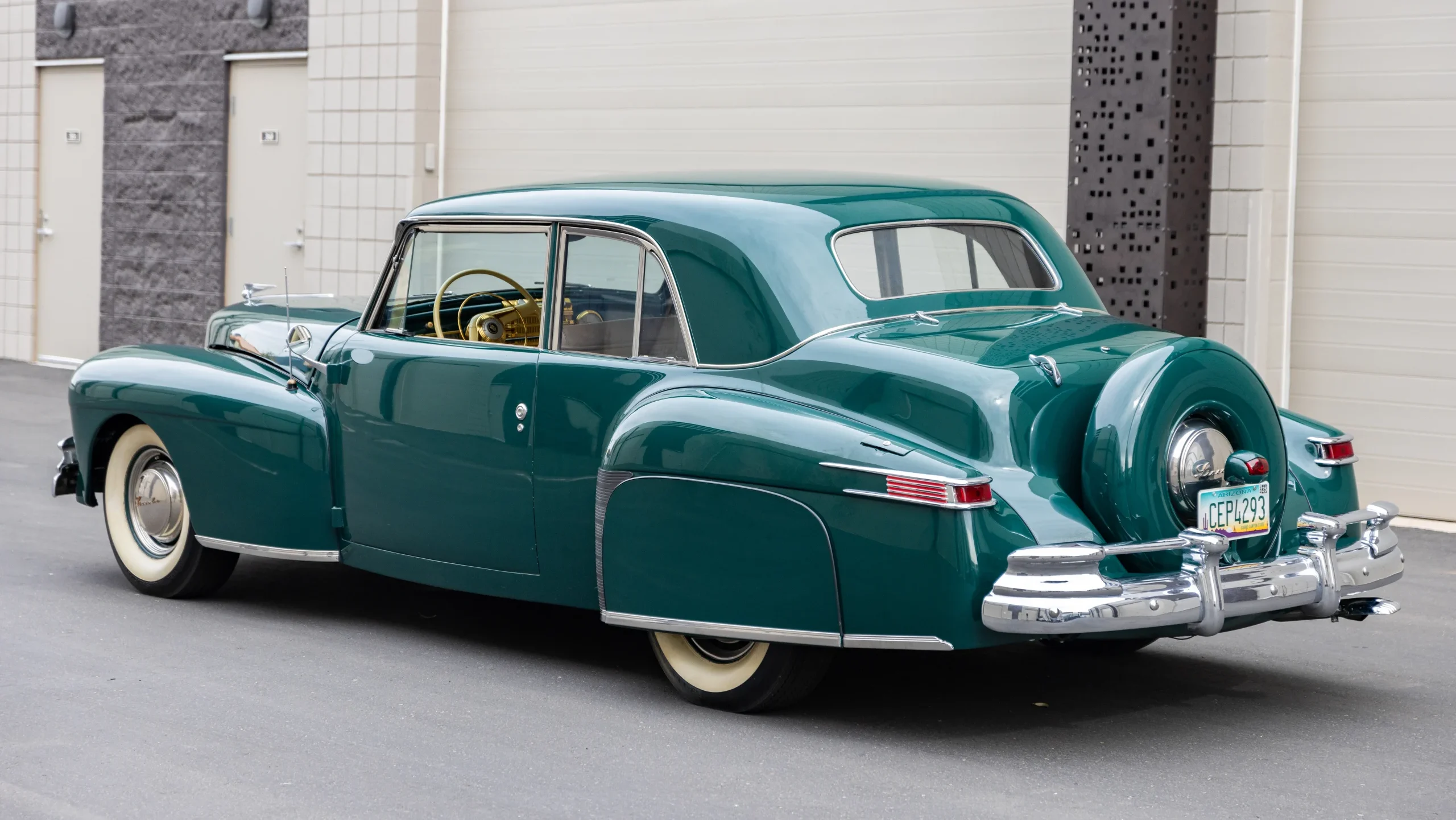
If you have been looking for a true top-tier collector car that qualifies for just about any concours and absolutely any standard car show in the world, this could be just the ticket. Act fast and place your bid on AutoHunter right away because the auction for this 1942 Lincoln Continental Club Coupe ends on Friday, June 13, 2025, at 12:00 p.m. (PDT).
Visit the AutoHunter listing for more information and a photo gallery
